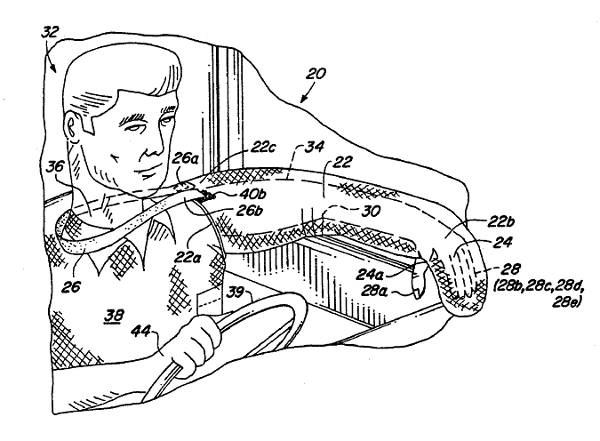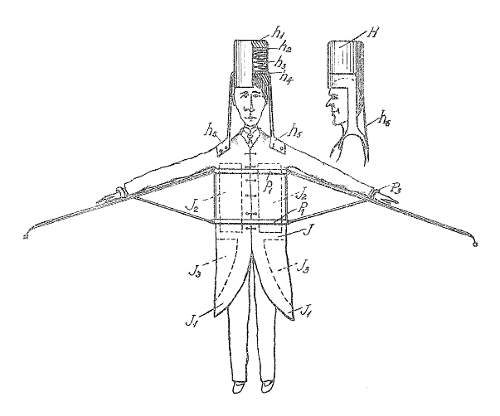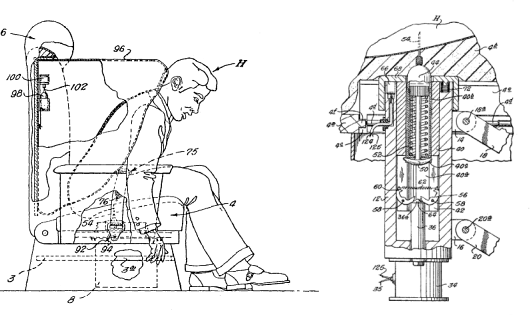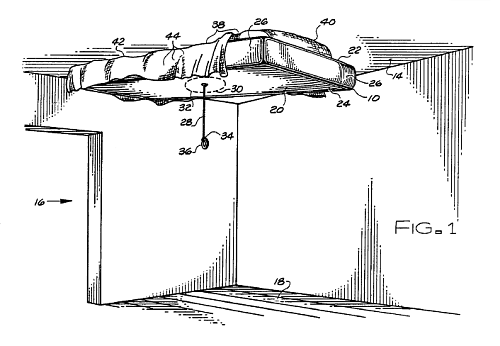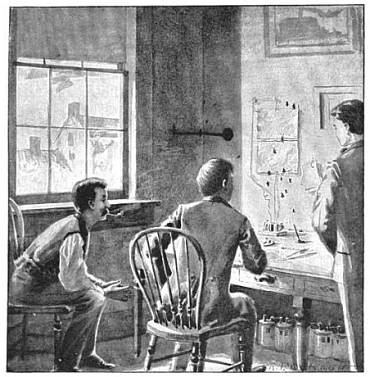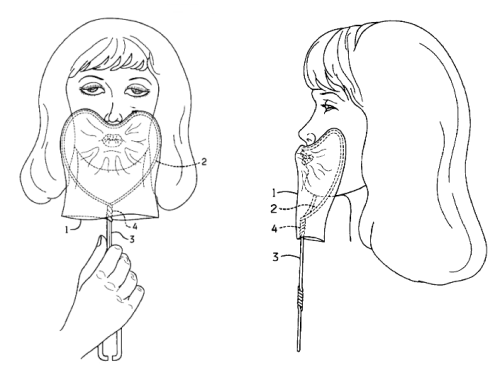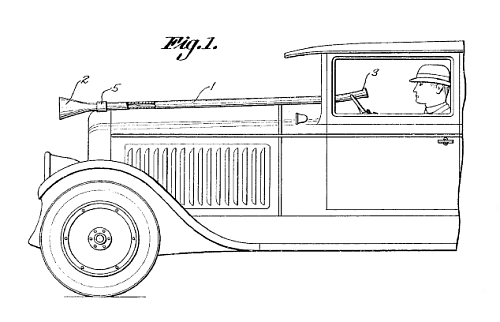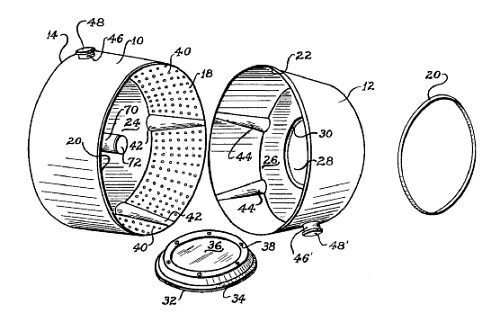As the computer HAL is being shut down in 2001: A Space Odyssey, it begins singing the song “Daisy Bell”:
Daisy, Daisy, give me your answer do,
I’m half crazy, all for the love of you.
It won’t be a stylish marriage–
I can’t afford a carriage–
But you’ll look sweet upon the seat
Of a bicycle built for two.
That’s poetic, in a way. During a visit to Bell Labs in 1961, novelist Arthur C. Clarke had witnessed the first singing computer — physicist John Kelly had programmed an IBM 704 to sing using a speech synthesizer.
The song it sang was “Daisy Bell.”

